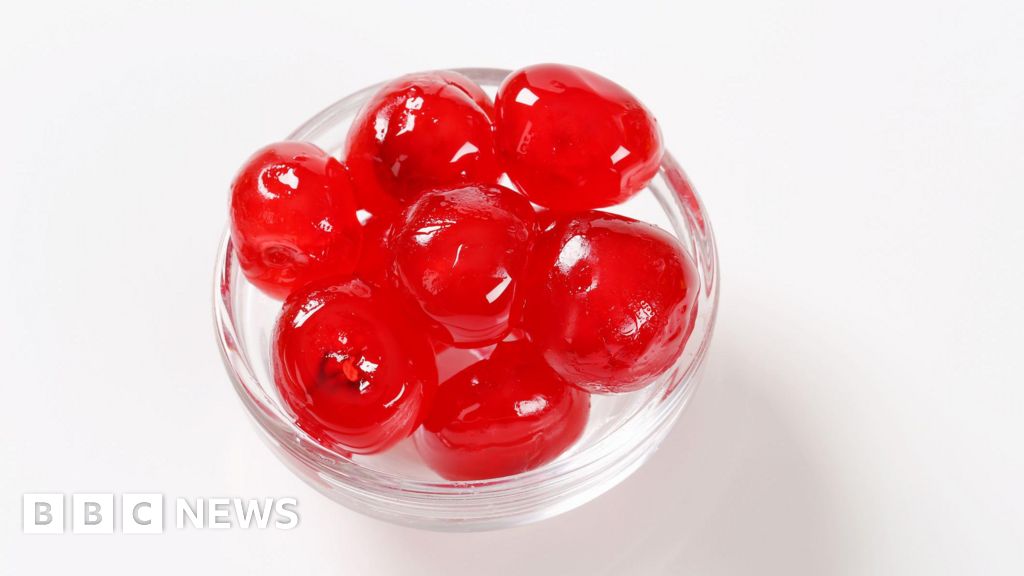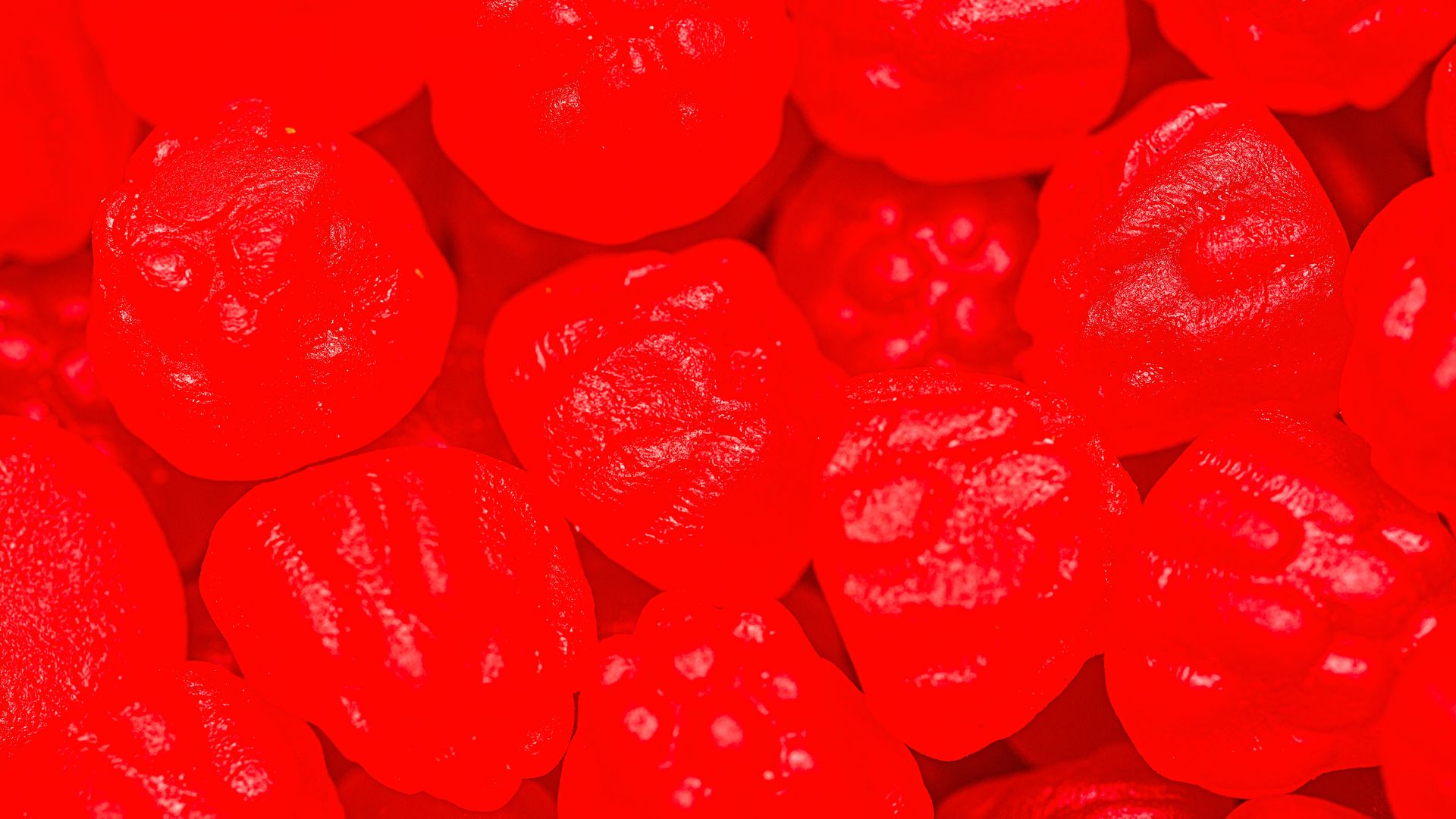FDA Bans Red No. 3 Amid Cancer Concerns, Impacting Thousands of Products
The FDA's ban on Red No. 3, effective January 2027, will affect a wide range of food and drug products due to safety concerns.
Overview
The FDA has ordered a ban on Red No. 3 effective January 2027, citing cancer links from studies on animals. Advocates argue the change is long overdue, and the ban will impact thousands of products, particularly candies, baked goods, beverages, and some medicines. While most companies are expected to comply with the new regulations, consumer advocates emphasize the importance of checking labels for alternatives like Red 40. The decision follows decades of advocacy and aligns the U.S. with bans in other countries, marking a significant shift in consumer protection.
Analysis
Analysis unavailable for this viewpoint.
Sources (26)
Center (12)
History
This story does not have any previous versions.








